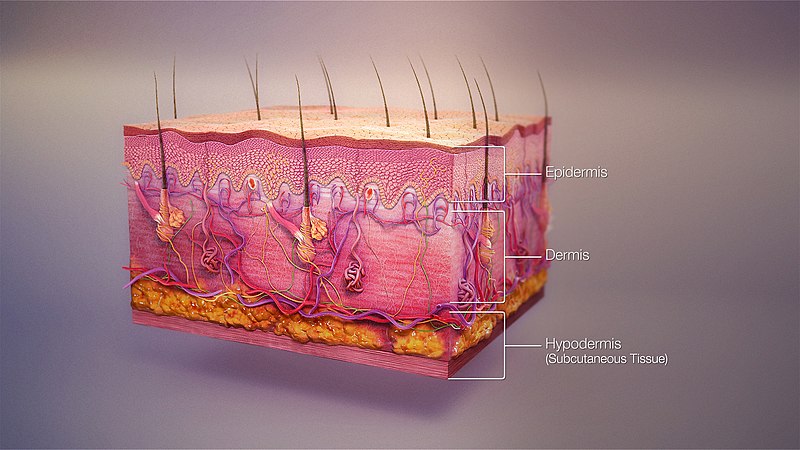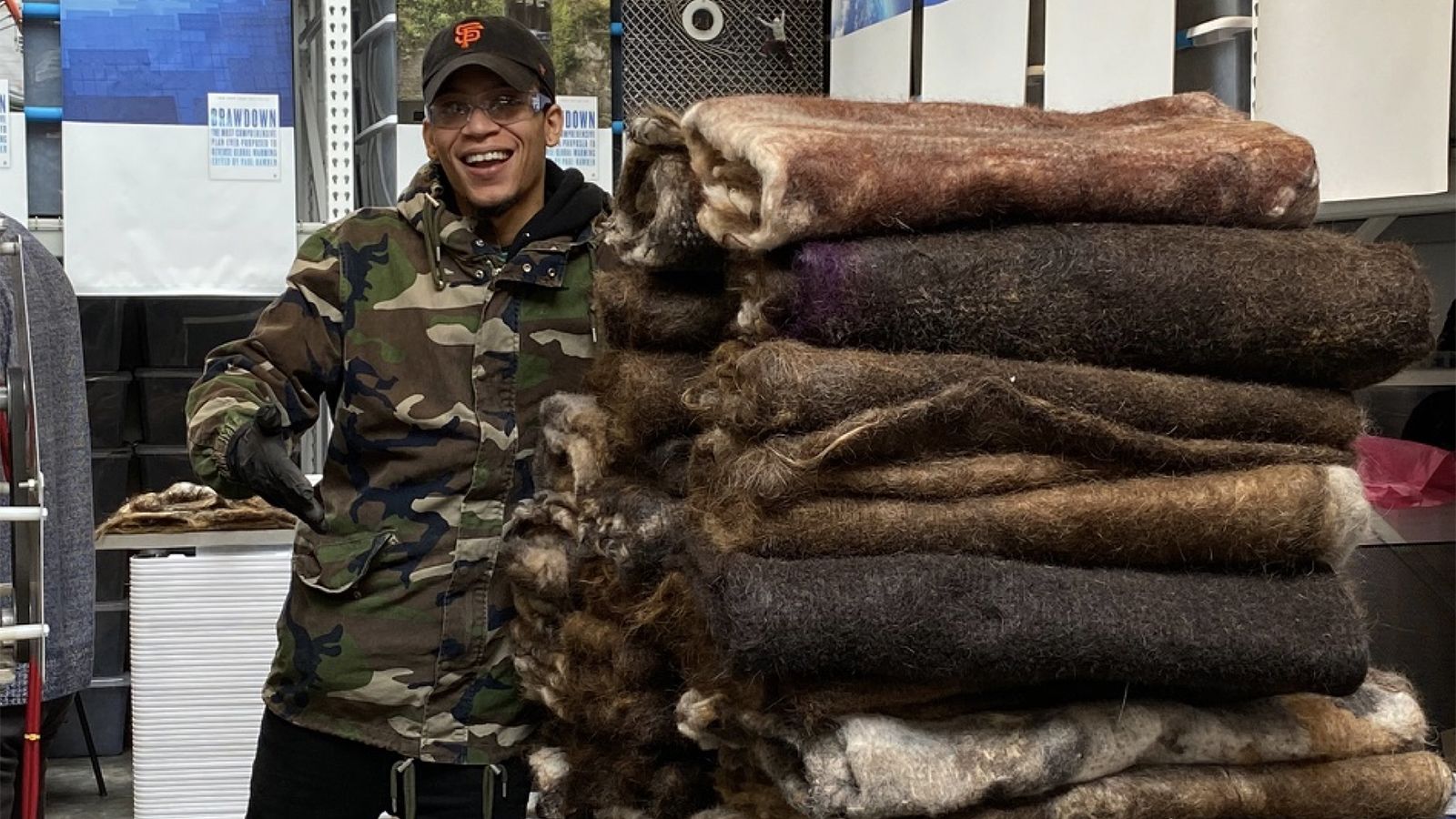The blistering skin disease called dystrophic epidermolysis bullosa (DEB) is the name for a group of rare inherited skin disorders that cause the skin to become very fragile. Any minor injury or friction, such as rubbing, or scratching can cause painful blisters.
The rare disease affects about three out of one million people
People with this intensely painful condition often suffer from open wounds that last for years or decades. It is caused by a flawed gene that stops the body to produce particular collagen, a “glue” required for the layers of skin to join naturally.
Unfortunately, there is no specific medical treatment for DEB
Now, a gene therapy gel called B-VEC, developed at Stanford Medicine has reported extraordinary results in a double-blind, placebo-controlled clinical trial. The gel delivers a version of the collagen VII gene to the surface of the skin to heal.
The gene therapy gel completely healed the wounds that have been opened for years
The clinical trials with the gene therapy gel in 31 people completely healed sixty-seven percent of wounds after six months of weekly applications, while only 22% of wounds treated with placebo got healed.
Trial participant Vincenzo Mascoli, aged 22, said in a statement “After four months, I saw an improvement on a large wound on my back that I had for 20 years. After six months, the wound had healed completely and was much less painful.”
“This was a life-changing event for Vincenzo,” said Peter Marinkovich, MD, director of Stanford Medicine’s Blistering Disease Clinic and senior author of the study. “Now he can bathe and sleep on his back without pain. This treatment made a huge difference in the quality of life for Vincenzo and other trial participants.”






